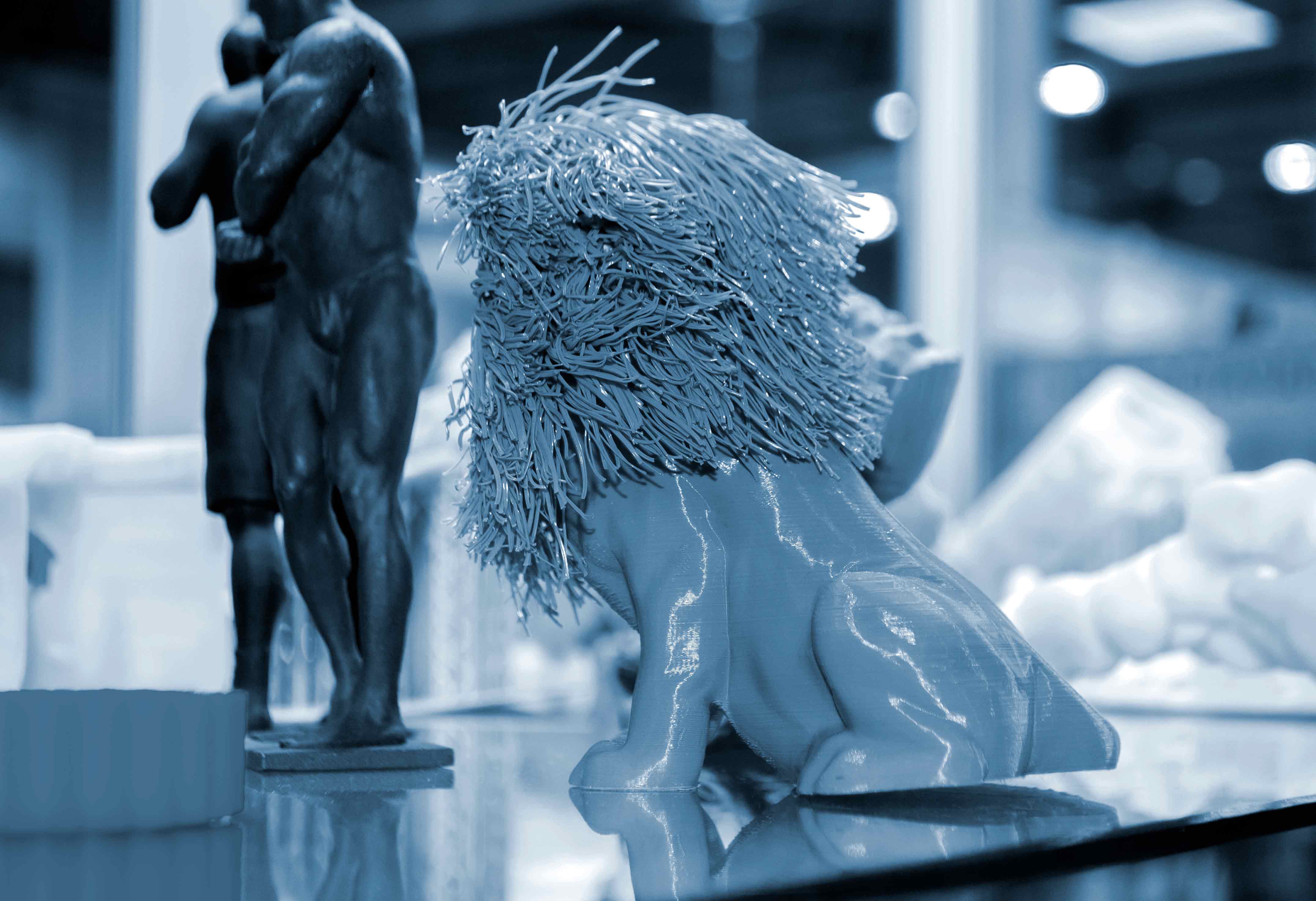SLA 3D Printing:
● Method: Utilizes a UV laser to cure liquid photopolymer resin layer by layer.
● Surface Finish: Produces parts with a very smooth finish and highly detailed features.
● Speed: Can print quicker compared to FDM, especially for complex designs.
● Materials: Uses photopolymer resins, which can be more expensive.
● Strength: Parts tend to be less durable than those made with FDM.
● Post-Processing: Requires cleaning in a solvent bath and post-curing.
FDM 3D Printing:
● Method: Build parts by extruding melted thermoplastic filament layer by layer.
● Surface Finish: Generally has a rougher finish and visible layer lines.
● Speed: Can be faster for simpler designs; speed varies based on quality and infill.
● Materials: Offers a wide range of thermoplastic materials, often at a lower cost.
● Strength: Produces stronger parts due to the mechanical properties of thermoplastics.
● Post-Processing: May require minimal post-processing like sanding for smoother surfaces.
In summary, SLA is preferred for projects requiring high detail and a smooth finish, while FDM is chosen for its material versatility, strength, and cost-effectiveness.












